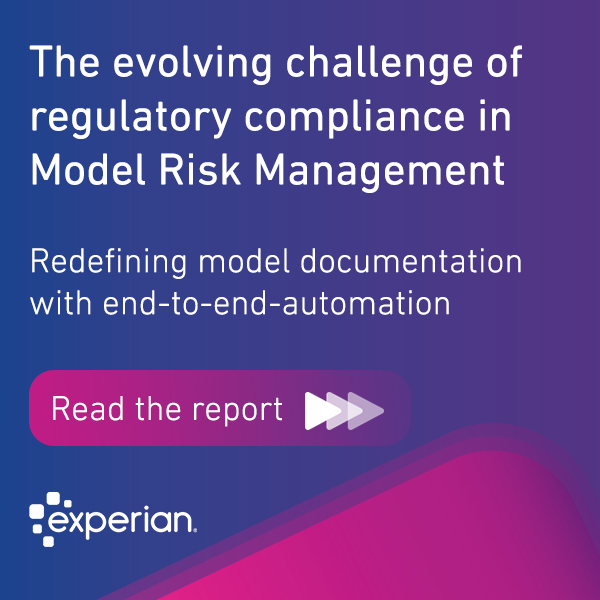
As holiday shoppers flood online to finish up last-minute gift-buying, there’s a high chance that they’re paying attention to not just product prices or shipping times but also the security of their transactions. In 2020, with many stores still closed down due to the pandemic, digital sales over the holidays increased by 20%. Though we’re still awaiting figures from this year, all signs point toward an increase in digital transactions that’s here to stay.
But as online transactions have ramped up, so have consumer concerns about the safety of their online activities. The recent Global Insights Report showed that 42% of consumers are more worried now about online safety than they were last year. The concern is understandable—as more people head online, we’ve seen a record number of breaches.
However, now more than ever, businesses need to integrate security into their customer experience, taking a layered approach that provides added protection without additional hassle. Heading into the new year, those that can show they prioritize security as part of the customer experience—and not adjacent to it—will earn the trust and business of a rapidly expanding online customer base.
More activity, more risk
We’ve been tracking consumer and business activity online over the course of the pandemic. Our most recent research, drawn from surveys done in October, reveals a 25% increase in digital transactions worldwide since the beginning of the pandemic. It’s a figure that’s remained constant, even as covid-related restrictions wane and people venture back out to physical stores and banks.
This massive digital shift happened in response to a crisis. Businesses such as financial services, restaurants, medical organizations, and retailers suddenly experienced a flood of online business and digital demand. Their option: Respond or be left behind. But as the dust settles, the enormity of the shift and how fast consumers normalized digital behavior is quite astounding. Someone who may have never considered online grocery delivery now uses it regularly. People who habitually visited their bank branch may now bank on their mobile devices. The examples are infinite.
Consumers that made the online shift did so initially for physical safety reasons. They didn’t want to be close to crowds or strangers because of the virus. Online felt safer. But now that digital transactions are part of many people’s daily activities, consumers are awakening to the risks of online transactions. Many may have already experienced a breached account or received a notice that their data was compromised. Indeed, we saw a significant increase in attacks over the year across industries. Ransomware attacks alone are on track to reach 700 million by the end of 2021, a 1,300% increase from the year before.
Best practices for better online security in 2022
More consumers are transacting digitally, and that’s good news—businesses can expand their reach, grow their revenues, and introduce new digital products. But the question is: How can you leverage the growth while still keeping customers safe—and importantly, not impeding, their online experience?
The answer rests part in mentality and part in action. Let’s start with the first. Understandably, security guidance in the past often split the onus of safety between the business and customer. Who hasn’t reminded customers that they need good password hygiene, device security, and personal data practices, or they may put themselves at risk. Indeed, customers paid attention; they ranked security as their number one priority.
But the days of relying on customer actions are over. Businesses that gain customer trust in the future will be those that empower customers to improve their security while actively working to ensure that even if customers fail—their systems do not. You can achieve this by:
1. Beginning everything with a security mindset
Businesses need to make security part of their growth strategy. That way, when they do experience planned — or unplanned — surges in activity, their security systems scale to meet them. Coordinating security across functional teams in the event of anticipated demand increases is another smart way to keep customers safe as your business grows. For instance, if marketing is planning a major campaign to spur online purchases, then IT and security need to know about it ahead of time.
2. Developing a multi-layered security strategy
There is no magic bullet for preventing cyberattacks, account takeovers, or data breaches. But you can create hurdles for bad actors at every single turn. Combining device recognition, document and identify verification, and behavioral identification makes it that much harder for cybercriminals to impersonate your customers. Our research shows that customers are increasingly willing to provide more personal information to businesses if it means increasing their online security. They’re eager to double-down if you are.
3. Utilizing vendors that keep you competitive
The security space is evolving rapidly, and it’s difficult for individual businesses to mind their own digital operations and keep pace with cybersecurity trends. Fortunately, high-quality vendors can do that for you, providing updated systems, education on new threats, and access to emerging technologies that keep your company and customers safe.
The added benefit of these best practices is that they improve the customer experience along the way. Our research shows that customer loyalty to specific online brands is dipping—61% say they’re interacting with the same companies online, which is a decrease of 6 percentage points from the previous year. Add in supply chains issues that are impacting inventory, and consumers are primed to find alternatives to their favorite online businesses.
But the problems we’ve faced during the pandemic don’t have to define our digital future. Combine security with a quality experience in 2022, and you can attract and retain online customers that come for your product or service and stay because they feel safe.
Stay in the know with our latest research and insights:




